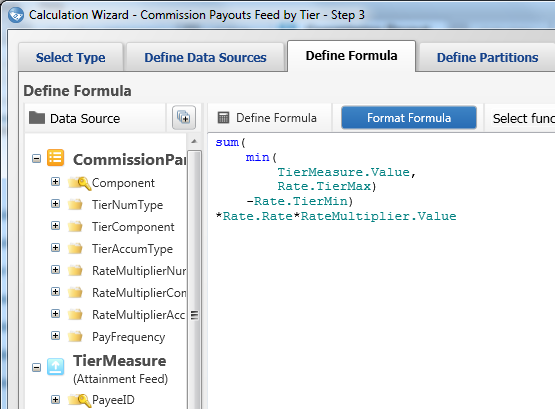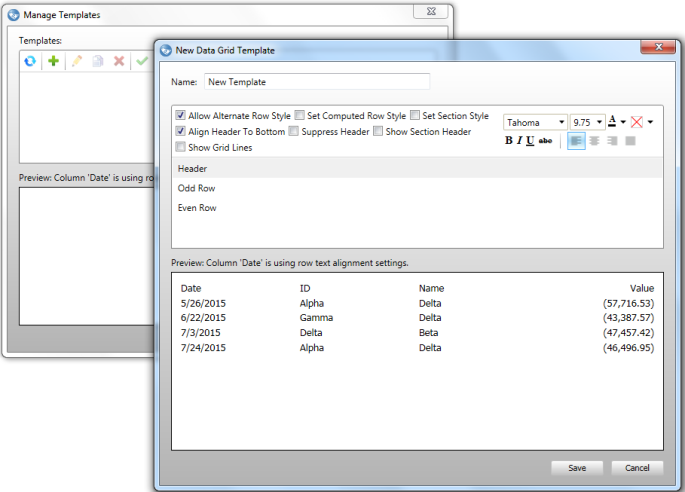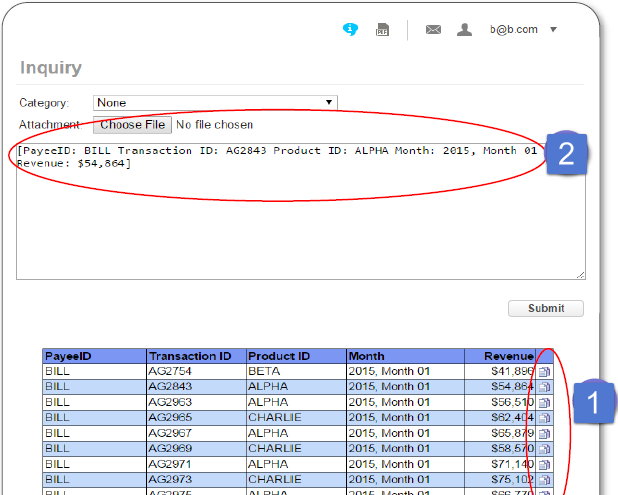The Best of What’s New in IBM Cognos ICM 9.0
Like many products, Cognos Incentive Compensation Management (ICM) goes through regular updates. The most recent release was Cognos ICM 9.0 on May 5th, a follow-up to the version 8.1.3 release on February 13th. Both of these releases included some big changes. The majority of these changes affect model development – creating and modifying your system. Speaking as an implementer of ICM systems, I feel that the features rolled out this year will help me do my job easier and faster. Below are several examples to show you why.
Date Effective Dating of Tables
A good model design includes many effective dated tables. Examples include rates or compensation plans assigned to a payee, both of which will likely change over time. A requirement is typically to allow these to get updated and to have calculations work based on the date of a transaction. In the past, the two primary methods for updating these tables were manually through ending the current record and adding a new record or using an ETL process with an underlying SQL script.
So what changed? Now, the system will automatically maintain the start and end date for all records as changes occur to your data over time for new tables when enabled. In fact, in Cognos ICM 9.0 existing tables can be converted into effective dates. Also included in the changes are more efficient methods of viewing the data as of a specific date.
Benefits of these enhancements include:
- Elimination of overlapping records – no need to create additional validation checks
- Better administration (user) experience – view as of a specific date and add new rows without needing to end date old rows
- Inbound data feeds – custom scripting for non-effective dated sources eliminated
- Preparation for adjustments – the roadmap for automated prior period adjustments starts with effective dated tables
Building Calculations
When building a model from start to finish, there are many steps. After requirements gathering and design, a large amount of time it is spent on creating, modifying, and testing calculations. Models can range from a few hundred to a few thousand calculations, so improving the process can lead to real time savings.
In Cognos ICM 9.0 the calculation wizard was completely overhauled. The user interface has been refreshed to consider visual cues and ease of use. Three changes here include the layout, key symbols, and the ability to search like a query for sources (“not just starts with”). Additional changes relating to the “Define Formula” tab, indentation of formulas and color depending on type of value are some formatting updates, and allowing non-numeric conditions in IF functions will likely lead to fewer calculations. The auto join feature is probably one of the best features added over the last year and is now enhanced. In the administrative options you can now set a default behavior to have auto joins occur. This is quite useful because it’s faster to delete an unwanted join than to create a new one.
Another bonus included in the the new version is that calculating a single calculation at a time will allow faster testing during initial builds and modifications. Rather than recalculating your entire model, this feature will use existing results from the source calculations. Although it is a global action, the shorter calculation time will allow multiple developers to keep working.
Presenter Data Grids
Cognos ICM 9.0 provides users with all the necessary modules to configure, automate, and report on compensation. The reporting module (Presenter) received several enhancements in the new version, with the changes to its creation and customization tools for data grids being the most important. Data grids are one of the most used Presenter tools for displaying information. Over the past year, many improvements to the ease of use have been made and new options have been made available. All these enhancements mean better user experience and speed of development.
Here is an abbreviated list of the new options:
- Pagination
- Default numeric alignment
- Headers and data stay in sync
- Ability to format more than one column at a time
- Double-click functionality for renaming headers
- Conditional format retains original numeric format
- Header alignment to bottom now available
Two other new data grid capabilities to highlight are the following:
Templates – For speedier development, there is an option to create data grid templates. Best practice is to have one corporate style for reporting. By have templates for different kinds of data grids, you can be sure the policy and style is followed. More importantly, you save time by reusing templates.
Inquiries – Out-of-the-box inquiry handling has been around for a long time. The latest enhancement to it will save time for both payees and administrators. You can enable this feature on any data grid, but it makes the most sense on transaction details. By clicking in the area labeled (1) in the sample image below, the inquiry box is prepopulated for the payee shown in area (2). The basic information an administrator would need to answer the question is now easily shared, avoiding unnecessary back and forth.
Since IBM acquired Varicent, they have grown the development team 265%! The features discussed above are just a few of the results of these added resources. They have a lot on their road map and many exciting things are lined up in the days to come. As a consultant working with new and existing clients, I look forward to making use of these features to make your life and my life a bit easier and better.
What are your favorite new features in the last year? What new feature do you look forward to implementing or have implemented from Cognos ICM 9.0? Get in touch with Ironside and let us know how we can help you enhance your ICM experience with these new innovations.
Looking for more information about Incentive Compensation Management? Read related content:









